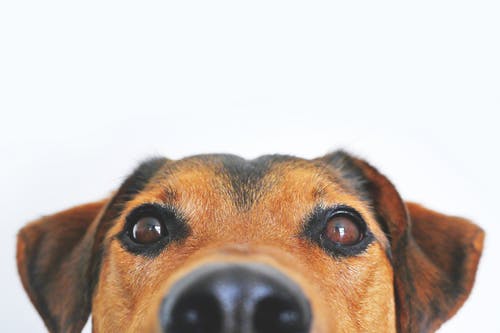As pet owners, we always want the best for our furry friends. But, how do we know when our pets need urgent medical attention, and when can we wait for a routine check-up? Recognizing the signs that require emergency vet care is essential for their safety and well-being. In this article, we will discuss critical tips and various ways to identify emergencies, so you can act promptly and potentially save your pet’s life.
Recognizing Common Signs of Pet Health Issues
Excessive Vomiting or Diarrhea
Occasional vomiting or diarrhea might not raise a red flag, but persistent or severe instances can pose severe dehydration risks and could indicate food poisoning, an infection, or something stuck in their digestive system.
Uncontrolled Bleeding
If your pet is bleeding profusely from an injury or surgery site and applying pressure doesn’t slow it down, it’s time to visit an emergency vet as this could lead to dangerous blood loss.
Difficulty Breathing
Labored breathing, choking, or persistent coughing should never be ignored, as these could indicate a blocked airway, allergies, or heart problems.
Partial or Complete Paralysis
If your pet suddenly loses mobility or shows signs of paralysis, it’s essential to seek veterinary help immediately to determine the cause and provide appropriate treatment.
Lethargy and Weakness
Are they unusually inactive and unresponsive lately? These could be signs of anemia, illness, or serious underlying issues that require immediate attention.
Loss of Appetite and Extreme Weight Loss
Prolonged lack of appetite and drastic weight loss can signify a variety of health problems such as kidney failure, liver issues, or even cancer.
Emergency Vet Services
If you’re uncertain whether your pet needs emergency care, consider reaching out to an emergency vet for advice. They can quickly assist in determining the severity of the situation and potentially save your pet’s life. Learn more about your local emergency vet options to have a plan in place in case of unexpected issues.
Red Flags for Pet Emergencies
Seizures and Uncontrollable Shaking
A pet suffering from a seizure, sudden tremors, or uncontrollable shaking could be experiencing anything from convulsions to severe distress. Emergency medical care is crucial to provide relief and determine the cause.
Signs of Acute Pain and Vocalization
Your pet may exhibit body stiffness, vocalize their pain through whining or whimpering, or exhibit an increase in aggression as signs of severe pain or an injury which requires professional evaluation quickly.
Tarry or Bloody Stools
Dark, tarry, or blood-tinged stools are often indicators of internal injuries, gastric ulcers, or ingestion of toxic substances that require immediate attention.
Ingestion of Toxic Substances
Accidental ingestion of various toxic materials can lead to poisoning and endangers a pet’s life. In cases such as this, it’s crucial to seek emergency veterinary care immediately.
Trauma
Any significant injury or trauma, like being hit by a car, needs immediate attention for an assessment of the extent of the injuries.
Common Pet Health Hazards and Conditions
Heatstroke
Pets can suffer from heatstroke if exposed to extreme heat or exercised excessively on hot days. Immediate cooling and medical intervention are necessary to avoid permanent damage or death.
Hypothermia
Conversely, extreme cold can also be problematic, causing hypothermia which requires immediate warming and potential medical intervention.
Bloat or Twisted Stomach
If your pet has a swollen abdomen, looks uncomfortable, and is unable to vomit, they could have bloat, which is a medical emergency that can be fatal without immediate treatment.
Pet C-Section
In some cases, a pet may need an emergency C-section for dogs during the birthing process. Consult a veterinarian as soon as possible if you notice difficulties or complications during labor.
Infections and Parasites
Parasites and infections can also pose threats to pet health. Stay vigilant and act promptly if you suspect your pet is unwell.
When to Call the Veterinarian: Seeking Professional Advice
If you’re unsure about the seriousness of your pet’s symptoms, always reach out to your vet or an emergency clinic for guidance. They can provide invaluable information and advice regarding the situation and further action.
Taking Action: Visiting an Emergency Vet Clinic
If your pet requires immediate care, prepare yourself and your pet for a visit to an emergency clinic or a trusted vet hospital. If you’re nearby, consider taking your pet to visit American Pet Clinic for their expertise and caring support. Remember to bring any necessary medical records and be prepared to provide information about your pet’s condition.
Conclusion
It’s crucial to remain vigilant as a pet owner, knowing when your beloved companion requires emergency veterinary care. By understanding the signs and symptoms, you can take proactive steps to ensure a happy and healthy life for your pet. Remember that it’s always better to err on the side of caution – it just might save their life.








